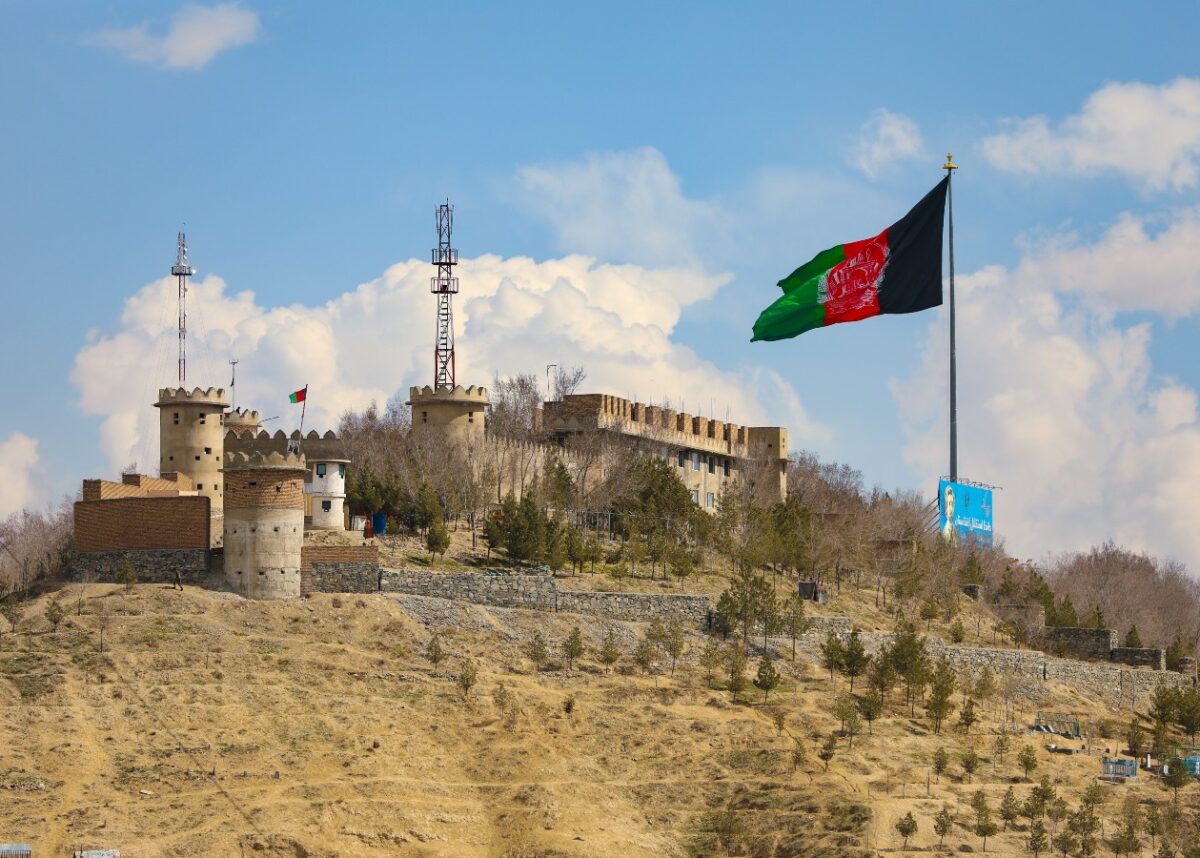Kaweh Kerami, SOAS, University of London
The Taliban is typically portrayed as a group of men with beards and turbans, driven by Islamic fundamentalist ideology and responsible for widespread violence. But to understand the group that is poised to return to power in Afghanistan, and what we might expect from its rule, we need a much more nuanced picture.
To start with, it’s important to understand the Taliban’s origins in the 1980s during the cold war. Afghan guerrillas called the Mujahedeen waged war against Soviet occupation for around a decade. They were funded and equipped by an array of external powers, including the US.
In 1989, the Soviets pulled out and that marked the beginning of the collapse of the Afghan government that had relied heavily on them. By 1992, a Mujahedeen government was formed but suffered from bloody infighting in the capital.
The unfavourable conditions on the ground created fertile ground for the emergence of the Taliban. An Islamic fundamentalist group dominated by those of Pashtun ethnicity, the Taliban is believed to have first appeared in Saudi Arabia-funded hard-line religious madrassas in northern Pakistan in the early 1990s. Some of them were Mujahedeen fighters against the Soviets. In 1994, the Taliban started a military campaign from the south of Afghanistan. By 1996, the group had captured the Afghan capital, Kabul, without much resistance.
Life under the Taliban
For the war-weary people of Afghanistan, the Taliban’s promise of bringing security and order on the one hand and curbing corruption on the other was appealing. But that was coupled with a high and sometimes unbearable cost: introduction of harsh punishments such as public executions, closing girls’ schools (for those aged ten and above), banning television and blowing up historical Buddha statues, to name a few. The group’s justification stemmed from the blending of a fundamentalist understanding of Islam with Afghan traditions.
During the peak of the Taliban rule (1999), not a single girl was enrolled in a secondary school and merely 4% of those eligible (9,000) were at primary schools. Now around 3.5 million girls are in school.
After the US-led invasion of the country following the Taliban’s refusal to hand over those behind the 9/11 terrorist attacks in 2001, many of the Taliban’s senior figures evaded capture and reportedly took refuge in Quetta in Pakistan. Later, this led to the formation of the “Quetta Shura” — the Taliban leadership council that guides the insurgency in Afghanistan.
The short-lived euphoria after the invasion came to an end when the Taliban remobilised in 2004 and started a bloody insurgency against the new Afghan government and supporting foreign troops, costing the lives of at least 170,000 people, including 51,613 civilians to date. In 2021, the insurgent group has an estimated 75,000 fighters and its insurgency machinery runs on foreign funding (from governments and private donors) as well as local level taxation, extortion and illicit drug economy.
There are multiple possible explanations for the Taliban’s resurgence, including the lack of a post-intervention strategy, the adverse effects of the foreign military campaign, a corrupt and incompetent government in Kabul, and a growing dependency on foreign financial and military assistance and regional rivalries.
Now the US has made a deal with the Taliban and is withdrawing from the country. This poses an existential threat to the fragile post-2001 political order, which has been largely shaped, funded and defended by the foreign money and boots on the ground.
What lies ahead?
The US-Taliban deal created some optimism about a likelihood of a political settlement that could end the prolonged war and reduce the likelihood of Afghanistan becoming a safe haven for terrorists once again. But the peace efforts seem to have lost their momentum after the unconditional US troop withdrawal.
Now the Taliban is beating the drum of victory and seems to have rolled up its sleeves to reimpose its regime “forced into exile” in late 2001. Estimates say the group controls more than half of Afghanistan’s 400 districts, in contrast to their own claim of controlling 85%. However, the US has warned that it won’t recognise a Taliban regime in Kabul as a result of military takeover.
But this alone seems unlikely to deter the Taliban from attempting to capture the capital, regardless of its likelihood. If the group succeeds in it, it remains unknown how it will fund its exclusive, theocratic regime. Interestingly, the Taliban has improved its ties with the nearby countries, such as Iran, Russia and some central Asian states, that once opposed the regime in 1990s.
The group is probably aiming to find a regional alternative to the aid of the US and its allies, as well as preventing the resurgence of the anti-Taliban resistance force the Northern Alliance that would otherwise enjoy financial and military support of those countries. India has also opened a backchannel to the Taliban.
When it comes to women’s rights, press freedom, elections and other liberties guaranteed in 2004 constitution (at least, in written form), the Taliban have often said it wants a “genuine Islamic system” that aligns with the Afghan tradition, but it is unclear what exactly that means, and how different it would be from their previous rule (1996-2001).
In a statement, the Taliban has recently said it would provide facilities for women to work and be educated, despite its actions in the late 1990s. In spite of this apparent shift, the Taliban appears to be still creating a society based on its strict interpretations of Islam, something that the young, urban Afghans fear. They worry that they could no longer share a school or workplace due to segregation by gender/sex, go out to dine with their friends of the opposite sex or wear whatever they want.
A military takeover by the Taliban may also not mark the end of war in Afghanistan. Peace and stability in multi-ethnic and diverse societies can only be ensured through coexistence, consensus and inclusion – not dominance and zero-sum politics. The diverging interests of the region’s countries could fuel the growing local discontent against the Taliban (as experienced in late 1990s), which, in turn, would perpetuate the bloody and destructive war.
Kaweh Kerami, PhD Candidate in Development Studies, SOAS, University of London
This article is republished from The Conversation under a Creative Commons license. Read the original article.












